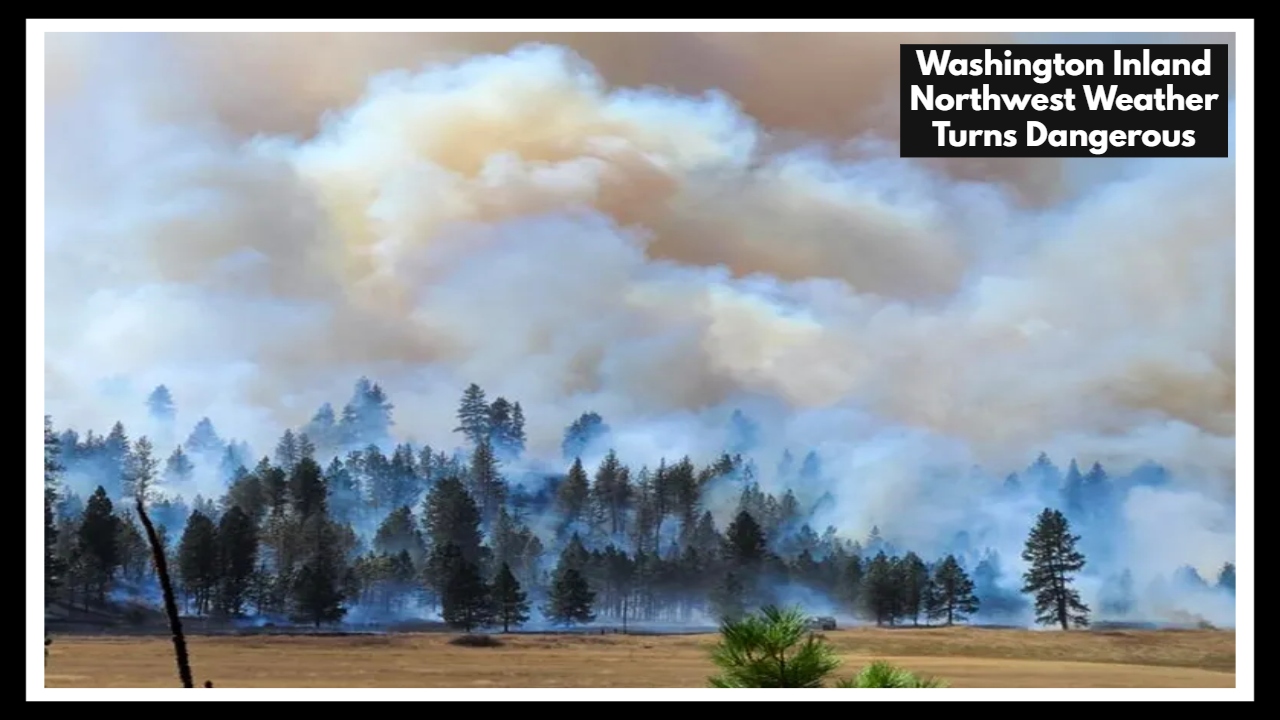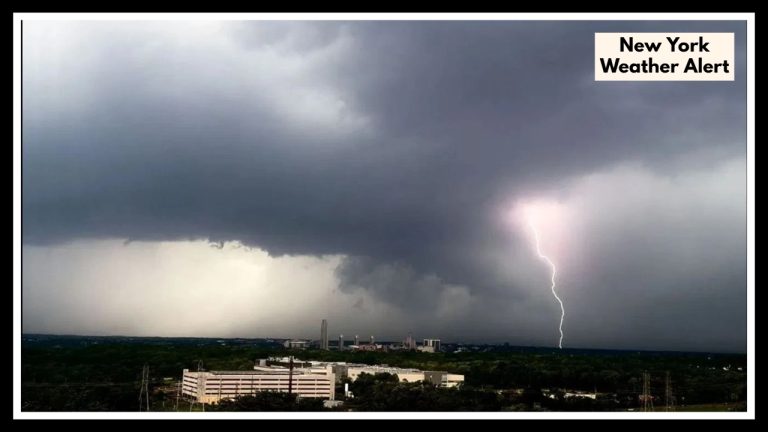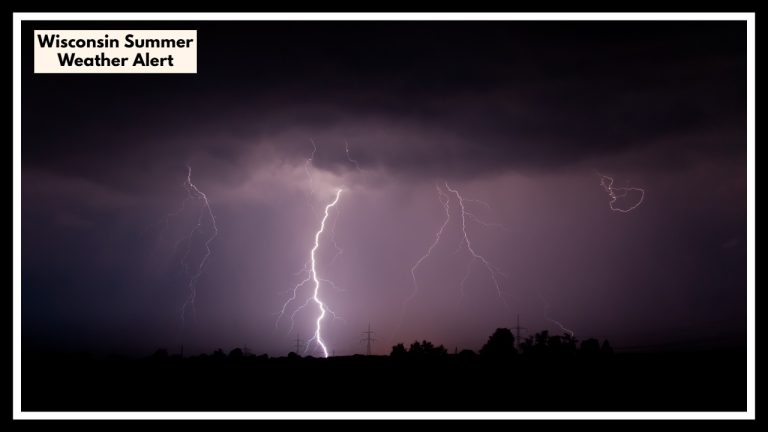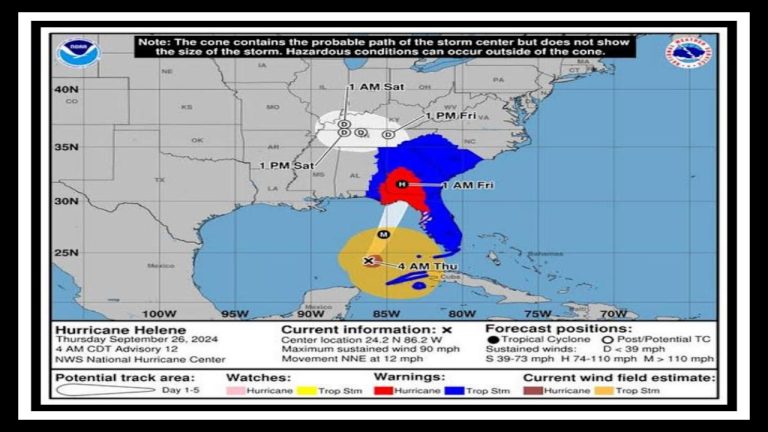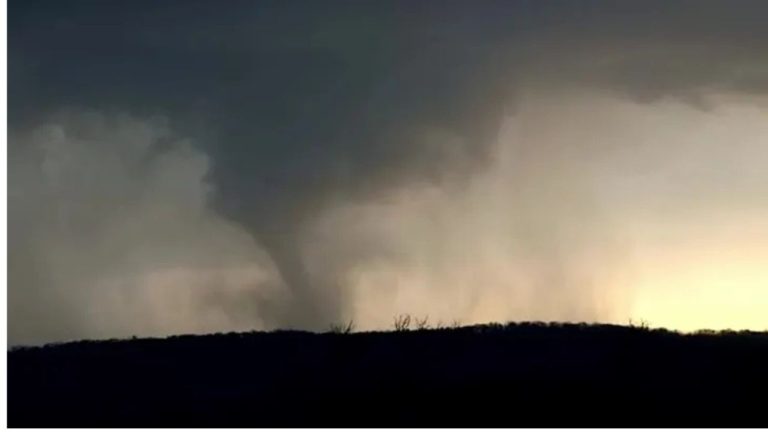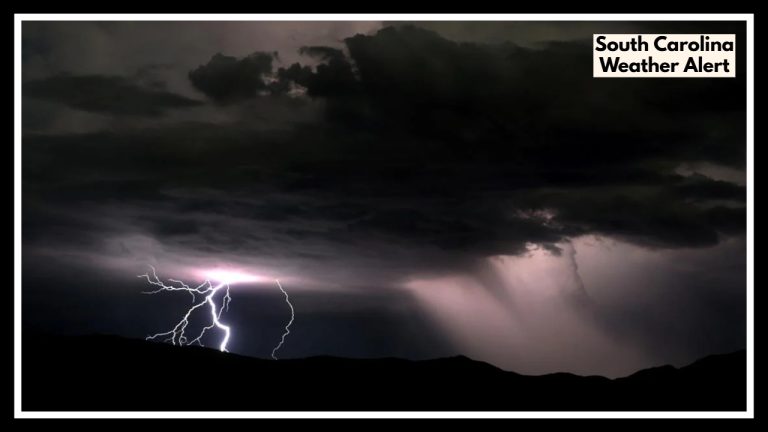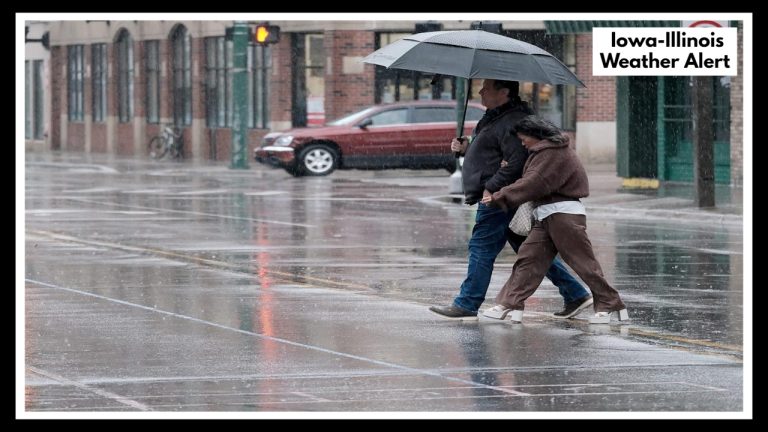Washington Inland Northwest Weather Turns Dangerous—Wildfire Risk and Surprise Storms on the Rise
SPOKANE, WA — If you’re anywhere across the eastern half of Washington this week, you’ve likely felt the shift. What started as calm, warm weather has taken a sharp turn. The Washington Inland Northwest Weather forecast is warning of rising heat, a growing wildfire threat, and a chance of dry thunderstorms—all unfolding through late Thursday into the weekend. It’s a volatile setup that’s got emergency crews and residents on high alert.
This isn’t your typical summer warm-up. It’s a mix of intense sun, gusty winds, and lightning potential—all in one unpredictable stretch of weather.
Washington Inland Northwest Weather: Why This Matters
Across the Washington Inland Northwest, the weather is doing exactly what makes this region so tricky to predict: changing fast, and bringing multiple hazards with it. While some areas are seeing temperatures climb into the upper 80s and 90s, others are dealing with sudden thunderstorm bursts—some of them dry, meaning lightning without much rain. That’s a dangerous mix in a region already prone to summer wildfires.
Fire danger is particularly high in grassland and forested zones east of the Cascades. With winds picking up and humidity dropping, just one lightning strike could spark a fast-moving wildfire. Local fire districts are watching closely and reminding people to avoid open flames, burn piles, and even parking hot vehicles on dry grass.
What This Looks Like for Local Life
From Spokane to Pullman, outdoor crews are shifting their hours to beat the heat, and hikers are rethinking their weekend trail plans. Families are keeping a closer eye on fire smoke alerts and monitoring evening skies for those unexpected rumbles of thunder. Campers, in particular, are being urged to stay aware and avoid backcountry areas where storms could hit fast.
It’s not panic-worthy—but it’s the kind of weather where being unprepared can lead to real trouble. And for a region with recent wildfire scars, even a short stretch of dry lightning carries weight.
How to Stay Ready and Safe
-
Stay updated on weather alerts through the National Weather Service Spokane office or apps like 511 WA.
-
Avoid open flames, fire pits, and fireworks—even small sparks matter right now.
-
Hydrate and stay indoors during the hottest parts of the day.
-
If you’re hiking or camping, have an evacuation plan and check forecasts beforehand.
-
Report smoke or fire sightings immediately—don’t assume someone else already has.
-
Be cautious around dry grass and brush—especially when driving or using outdoor equipment.
Conditions are expected to ease a bit by Friday night, but lightning threats and dry heat may linger in the region into the weekend. The Washington Inland Northwest Weather pattern often shifts quickly, but fire season is just beginning—and this is the kind of early-season activity that emergency officials watch closely.
FAQ About Washington Inland Northwest Weather
1. Why is everyone talking about the weather this week—is it really that serious?
Yes, it’s a bit more intense than your average summer stretch. The Washington Inland Northwest Weather forecast is calling for hot days, gusty winds, and lightning storms that might not bring any rain. That combo makes it really easy for wildfires to start—especially in dry areas east of the Cascades. It’s not just hot, it’s hazardous, and local crews are keeping a close watch.
2. Where should I be most concerned about fire danger?
If you’re out near Spokane, Pullman, the Columbia Basin, or anywhere with dry brush and open land, be extra cautious. These areas are especially prone to wildfires when it’s hot and windy, and even something as simple as a spark from your car or grill could start a fire. If you live near fields or forests, now’s a good time to stay extra alert.
3. I saw lightning last night but it didn’t rain—what does that mean?
That’s dry lightning, and it’s a big concern right now. Without rain to cool things off, those bolts can hit trees or dry grass and cause a fire that smolders before suddenly spreading. If you see smoke or even smell something unusual, don’t ignore it—call 911 or your local fire department. It’s better to be safe and speak up.
4. Can I still go hiking or camping this weekend?
You probably can—but be smart about it. Check fire danger updates first, and if you’re headed into remote areas, skip the campfires and bring lots of water. Keep your phone charged, let someone know where you’re going, and have a quick way out if the weather changes suddenly. Nature’s great, but safety comes first.
5. What can I do at home to stay safe and help out?
Little things go a long way. Clear dry leaves or brush from around your house. Don’t leave a fire pit burning or a grill unattended. And if you have neighbors who might need help—older folks, or families new to the area—check in with them. This kind of weather affects everyone differently, and a quick chat could really help someone feel safer.

